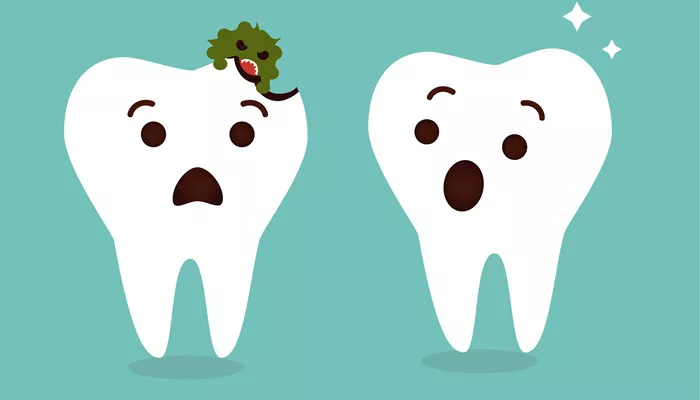Wisdom teeth, or third molars, are the last teeth to erupt in the human mouth, typically appearing between the ages of 17 and 25. Due to the evolution of the human jaw, there is often limited space for these teeth to erupt properly. This can lead to various issues, such as impaction, crowding, and increased risk of infection. As a result, many dentists recommend removing wisdom teeth, especially if they are causing problems or are likely to do so in the future.
The Healing Process After Wisdom Teeth Removal
After wisdom teeth removal, the healing process begins immediately. The body’s natural response to injury is to initiate inflammation, which helps to clean the wound and protect it from infection. Blood vessels constrict to reduce bleeding, and a blood clot forms to seal the wound. This clot is crucial for the healing process, as it provides a protective barrier and a scaffold for new tissue to grow on.
Gum Tissue Healing
The gum tissue surrounding the extraction site also undergoes healing. Initially, there may be some swelling and discoloration due to inflammation and blood accumulation. As the healing process progresses, the gum tissue begins to re-epithelialize, meaning that new cells form a protective layer over the wound. This process starts within a few days after the extraction and continues for several weeks.
The rate and quality of gum tissue healing depend on several factors, including the patient’s age, overall health, and the complexity of the extraction. Younger patients with healthy gums generally heal faster and with better outcomes than older patients or those with underlying health conditions such as diabetes or periodontal disease.
Bone Healing
In addition to gum tissue healing, the bone surrounding the extraction site also undergoes repair. The bone healing process is slower than gum tissue healing and can take several months to complete. Initially, the blood clot that forms in the socket is replaced by granulation tissue, which is a mixture of blood vessels, inflammatory cells, and fibroblasts.
Over time, this granulation tissue is replaced by woven bone, which is a less organized and weaker form of bone. Eventually, woven bone is replaced by lamellar bone, which is the mature, strong form of bone found in the adult skeleton. This process of bone remodeling and strengthening can take several months to complete.
Factors Affecting Healing
Several factors can affect the healing process after wisdom teeth removal. Smoking, for example, delays healing by reducing blood flow to the wound and increasing the risk of infection. Poor oral hygiene can also lead to infection and slow healing.
In contrast, maintaining good oral hygiene, eating a nutritious diet, and avoiding strenuous physical activity can promote healing.
Managing Post-Operative Pain and Discomfort
After wisdom teeth removal, patients may experience pain, swelling, and discomfort for several days. To manage these symptoms, dentists recommend taking pain medication as prescribed, applying ice packs to reduce swelling, and eating soft, nutritious foods. Patients should also avoid using straws, smoking, and drinking alcohol, as these activities can disrupt the blood clot and slow healing.
Long-Term Effects on Gum Tissue
In most cases, the gum tissue surrounding the extraction site will heal completely, leaving no visible scar or defect.
However, in some cases, the healing process may be compromised, leading to complications such as dry socket, infection, or gum recession. Dry socket occurs when the blood clot is dislodged or dissolved prematurely, exposing the underlying bone and nerves to air, food, and bacteria. This can cause severe pain and delay healing.
Infection can occur if bacteria enter the wound and multiply, causing inflammation and tissue damage. Gum recession can occur if the bone healing process is compromised, leading to a loss of gum tissue support around the adjacent teeth. These complications can be prevented or minimized by following the dentist’s post-operative instructions and maintaining good oral hygiene.
Conclusion
In conclusion, the gum tissue surrounding the extraction site will heal after wisdom teeth removal, provided that the healing process is not compromised by factors such as smoking, poor oral hygiene, or infection. The healing process involves the formation of a protective blood clot, re-epithelialization of the gum tissue, and bone remodeling. Patients can promote healing by following the dentist’s post-operative instructions, maintaining good oral hygiene, and avoiding activities that can disrupt the healing process. If complications such as dry socket, infection, or gum recession occur, prompt treatment by a dentist is essential to ensure optimal healing outcomes.
Related topics:

